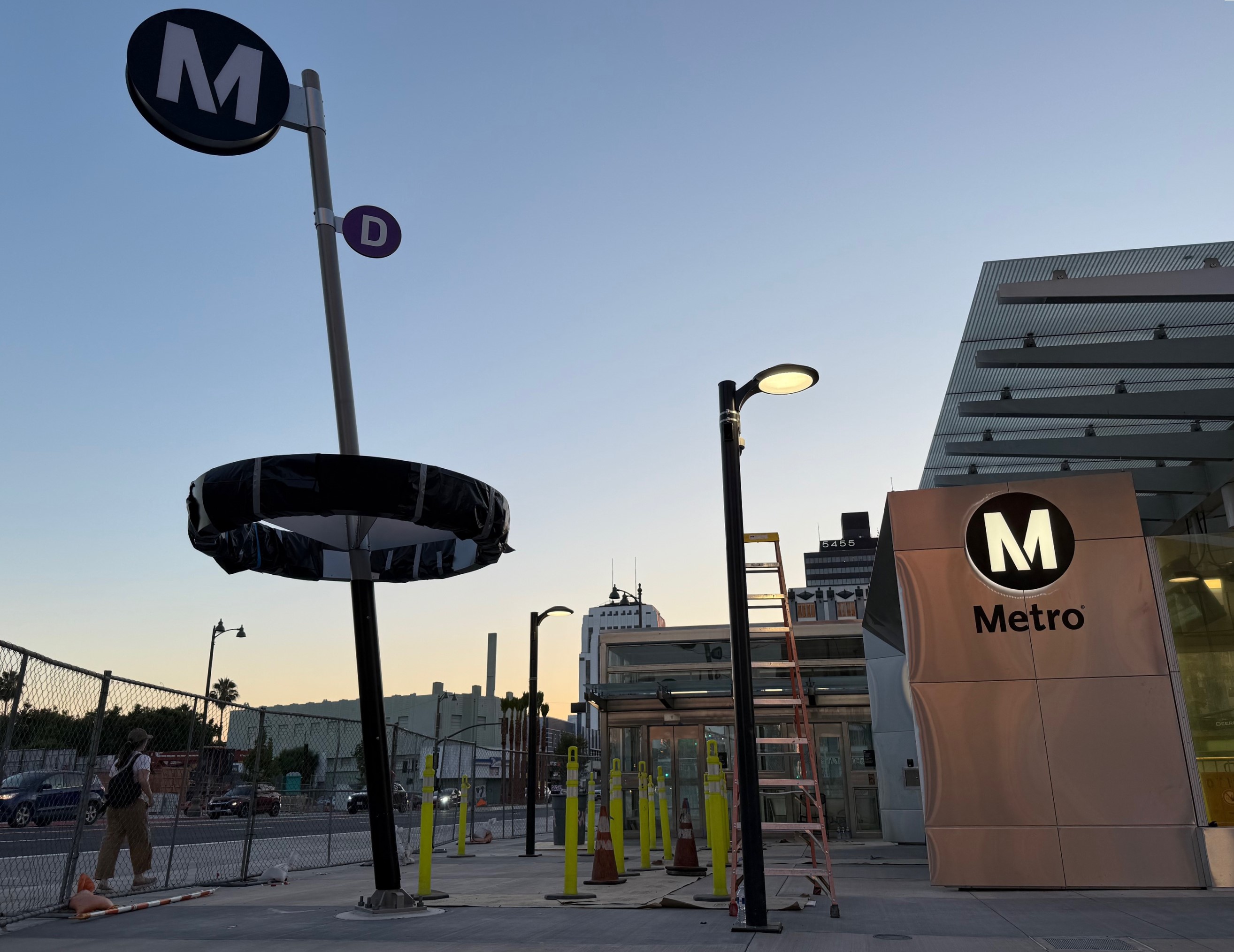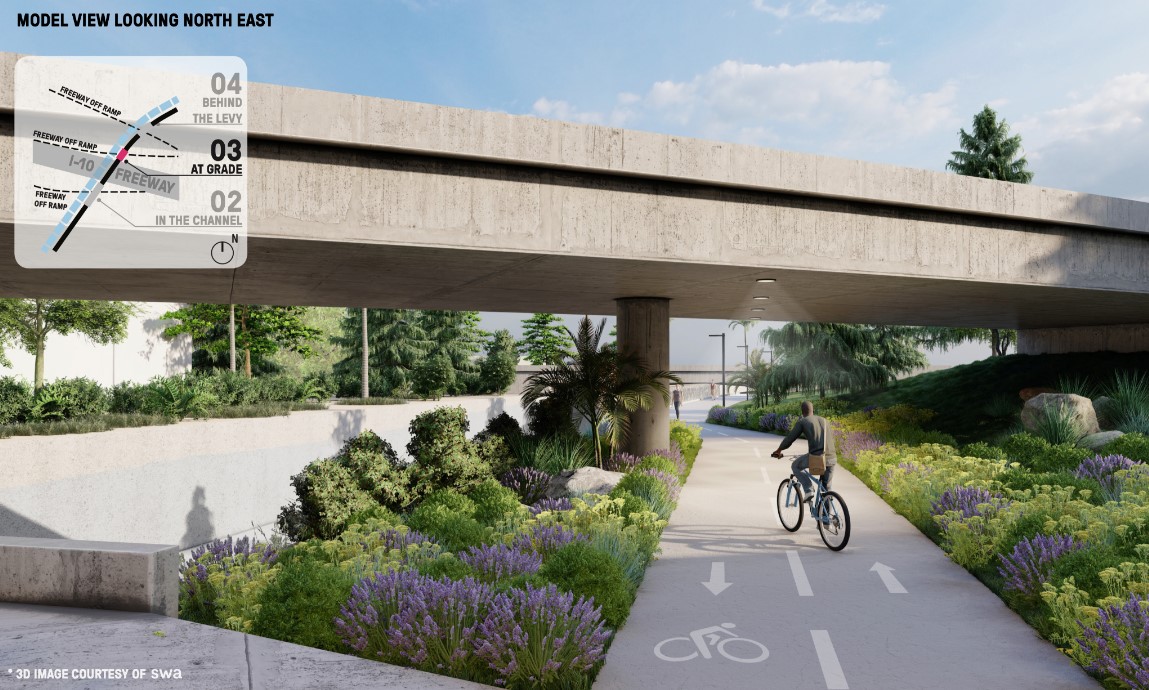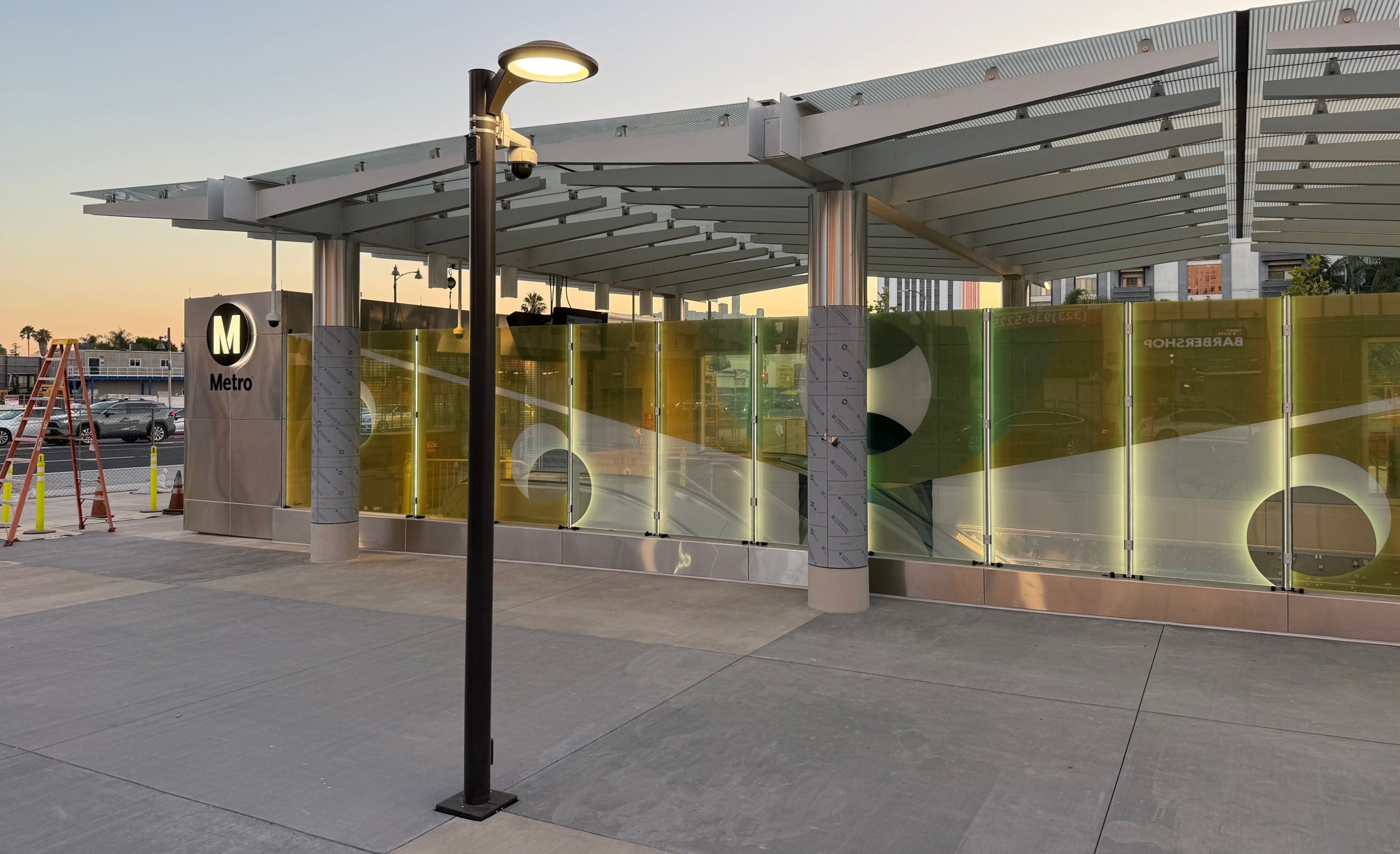
Downtown Perth, Australia
Earlier today, Jeff Kenworthy, an Australian professor in Sustainable Cities and author of the book Sustainability and Cities: Overcoming Automobile Dependence, lectured at Metro headquarters about the importance of rail in designing and building a Smart Growth city.
There were about 70 people in the audience, but despite the speech's location inside the Metro Board Room, there were no Metro Boardmembers in attendance even though the Sustainability Committee meeting was held immediately after the event. The audience was mostly comprising Metro staff members and activists. The only yellow shirt was worn by Fred Camino and it wasn't one of those yellow shirts.
Kenworthy studied sixty cities throughout the world and broke them down into three categories: strong rail, weak rail and no rail cities. A strong rail city has over half of its passenger miles traveled by rail, 40% of its transit boardings on rail and rail that travels at a speed of at least 90% of the average automobile travel time.
Kenworthy then went through a series of charts showing that the better the access to rail transit, the more people would use transit, the more people would use non-motorized means to travel, the lower the carbon usage per capita, the cleaner the air and the safer the streets. Unlike bus stops, even Bus Rapid Transit stops, mixed-use developments spring up around rail stations that are safe and attractive places to live, work and be part of an urban community.
The benefits of rail versus bus can be described by one thought, "rail creates development, buses follow development." Kenworthy used the City of Vancouver as an example of a city that grew around rail and is now known worldwide as the move livable city in the world.
The speech was not an anti-bus speech. Indeed, Kenworthy went to pains to praise the roll buses have reaching communities that cannot be reached by rail. Rail service and bus service must be designed to work together so that one feeds into the other. "In strong rail cities, bus ridership per capita is higher than in cities without rail service. The enemy is not buses. It is the private automobile."
Kenworthy had a lot to say about the problems with an automobile-oriented society. Echoing an op/ed by Kent Strumpell written earlier this year, Kenworthy argued that eliminating congestion should not be the goal of transportation agencies. Rather, congestion is a fact of life in modern cities. Instead of complaining, activists should try and leverage the congestion to highlight the problems with automobile dependency.
He also called into question the effectiveness of highway planning, summing it up as a self-fulfilling prophecy he called "predict and provide." As transportation engineers estimate how far away from centers people will live, they build highways to accommodate their choice. Thus, the choice is easier to make and people do make it. The result is an endless spiral of building more roads, which spurs sprawl development, which creates congestion which causes more roads to be built...
Kenworthy expressed disappointment that the world is following America's lead and building more highways. He compared this trend to other country's using American discovered DDT until it was widely known how dangerous the chemical was.
While the tone of Kenworthy's speech was mostly optimistic, there was one quote from the middle of the presentation that really showed how far we have to go in America.
"With every million we spend on roads we will be closer to murdering our city." This quote is already ahead of where transportation planners are in Southern California and it was given more than thirty years ago by the Mayor of Munich in 1975.
It's great that Metro is picking up some of the slack left by the sudden departure of Livable Places by holding these sorts of speeches and discussions. However, it remains to be seen if any of the discussion today leads to a more progressive transportation policy, of if Kenworthy's excellent presentation was just a well-prepared sermon delivered to the choir.
Photo: -wh-/Flickr






